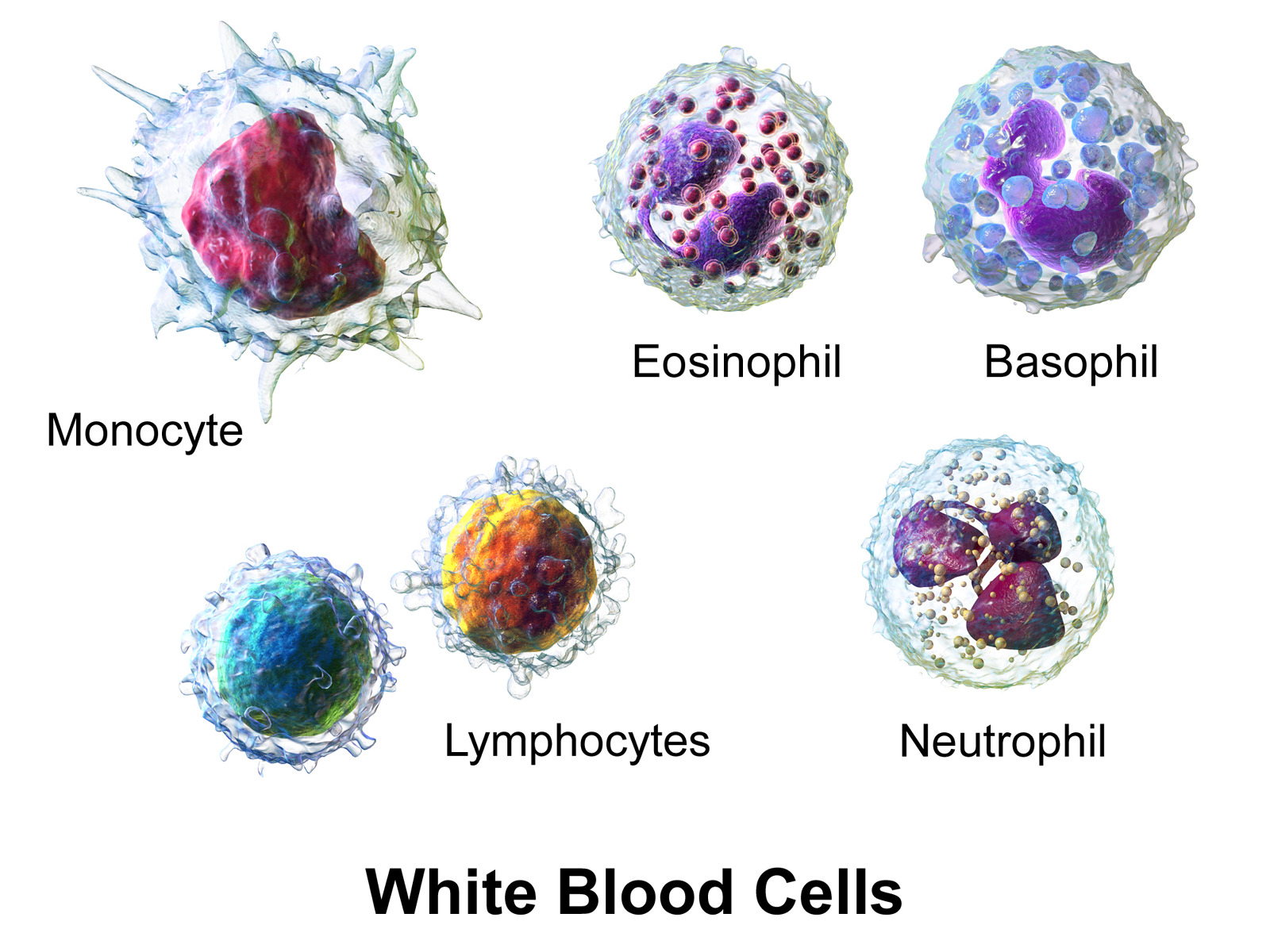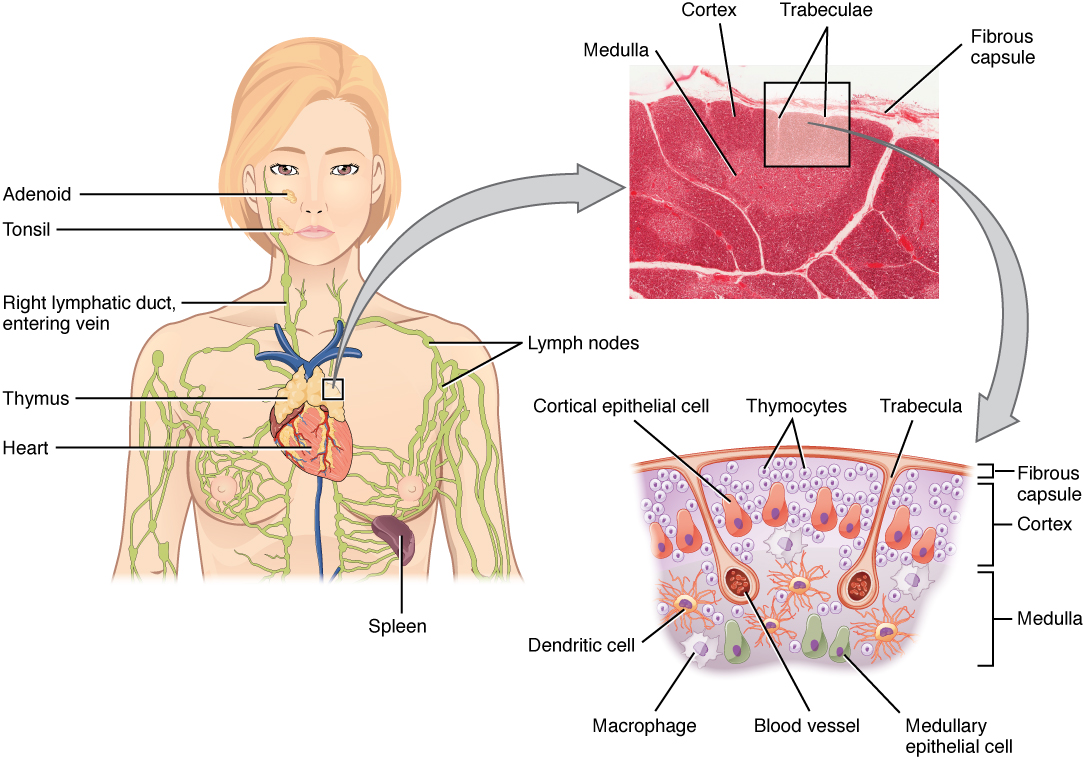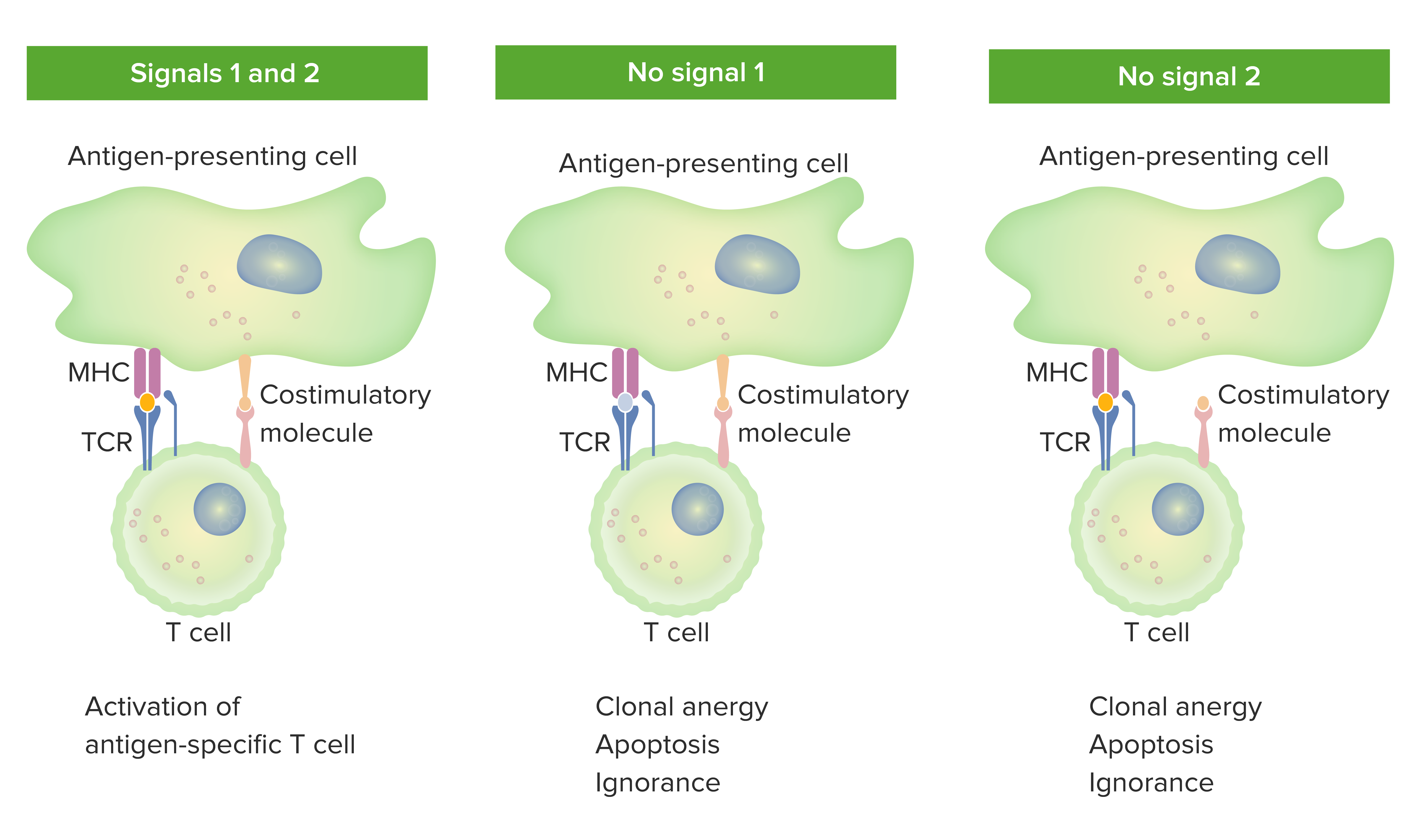Playlist
Show Playlist
Hide Playlist
Introduction to Lymphocyte Recirculation – Lymphocyte Recirculation and Homing
-
06 Slides Lymphocyte Recirculation and Homing.pdf
-
Reference List Immune System.pdf
-
Download Lecture Overview
00:01 Let us explore lymphocyte recirculation and homing. 00:05 So why do lymphocytes recirculate around the body? Well, lymphocytes collectively have millions of different antigen specific receptors - the B-cell receptor on the surface of the B-lymphocyte, the T-cell receptor on the surface of the T-lymphocyte. 00:22 And therefore, for each antigen specificity, there are only initially a small number of T-cells and B-cells. 00:34 Also the adaptive response requires dendritic cells in order to activate naïve T-cells. 00:40 It needs helper T-cells. 00:42 And it needs the cognate B-cells, that is B-cells with the same antigen specificity as the T-cells to interact with each other. 00:52 Lymphocytes therefore need to seek out their antigen, they need to travel around the body to find antigen. 01:00 So they recirculate through the blood, the lymph nodes, the efferent lymphatics, and then eventually back to the blood circulation. 01:09 Meanwhile dendritic cells can pick up antigen in the tissues and migrate via the afferent lymphatics to the local draining lymph nodes.
About the Lecture
The lecture Introduction to Lymphocyte Recirculation – Lymphocyte Recirculation and Homing by Peter Delves, PhD is from the course Adaptive Immune System.
Included Quiz Questions
Which of the following options depicts the correct re-circulation sequence of immune cells?
- Blood-lymph nodes-efferent lymphatics-blood
- Blood-efferent lymphatics-lymph nodes-afferent lymphatics-blood
- Blood-lymph node-afferent lymphatics-efferent lymphatics-blood
- Blood-efferent lymphatics-afferent lymphatics-lymph nodes-blood
Which of the following combination of cells is most likely needed to interact in order to mount an adaptive immune response?
- Dendritic cells, helper T cells, and B cells
- Dendritic cells, helper T cells, and plasma cells
- Memory T cells and memory B cells
- Memory T cells and plasma cells
- Dendritic cells, plasma cells, and memory B cells
Customer reviews
5,0 of 5 stars
| 5 Stars |
|
5 |
| 4 Stars |
|
0 |
| 3 Stars |
|
0 |
| 2 Stars |
|
0 |
| 1 Star |
|
0 |






